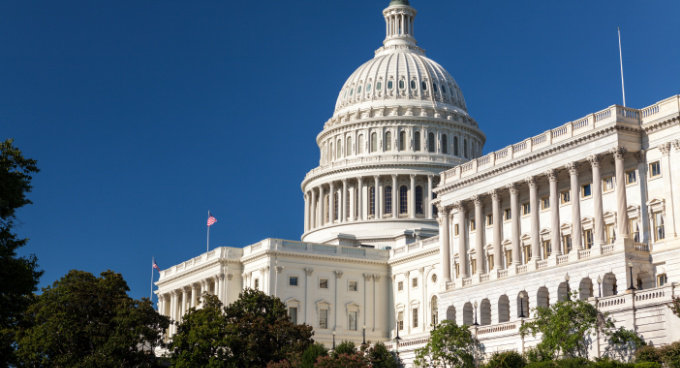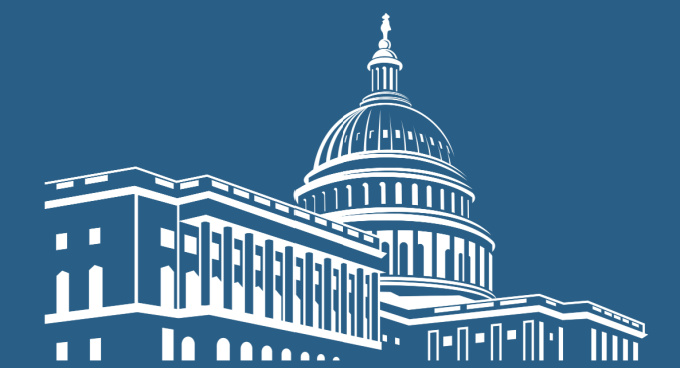Family Wealth and Estate Planning Articles
Evaluating the Inclusion of a Living Trust in Your Estate Planning Strategy
Posted by Amanda Wojtkowski on August 07, 2025
A living trust, also known as a revocable trust, is a legal tool that allows individuals to manage and distribute their assets during their lifetime and after death, often avoiding probate and ensuring privacy. While it requires more setup than a will, it offers flexibility, control, and continuity, especially in cases of incapacity. Including a living trust in your estate plan can provide long-term peace of mind and smoother asset management.
How Income Taxes Can Impact Your Estate Plan — And What You Can Do About It
Posted by Robert Ingrasci on July 31, 2025
Recent changes to federal estate tax laws, including the permanent increase of the exemption to $15 million under the OBBB Act, mean fewer families will face estate tax liability. As a result, estate planning strategies are shifting toward minimizing income taxes for heirs, especially by considering whether to gift or retain appreciating assets.
Creating a Thoughtful Letter of Instruction
Posted by D’Marie Kleeman on July 24, 2025
A letter of instruction is a simple yet powerful way to bring clarity, comfort, and compassion to your estate plan. It bridges the gap between legal formality and personal intention, ensuring your voice is heard.
The One Big Beautiful Bill (OBBB) Federal Tax Reform – Top 10 Key Takeaways for Manufacturers
Posted by Kristin Re’ on July 23, 2025
Signed into law on July 4, 2025, the Reconciliation Bill—officially titled the One Big Beautiful Bill (OBBB)—introduces sweeping changes to the U.S. tax code.
Key Considerations for Creating a Charitable Legacy
Posted by Amanda Ornowski on July 17, 2025
When deciding whether to give to charity now or later, it's important to weigh personal financial circumstances, tax implications, and the potential impact of your gift. Giving during your lifetime allows you to see the results of your generosity, while planned giving can ensure long-term support for causes you care about. Each approach offers unique benefits depending on your goals and legacy plans.
Estate Planning and The One, Big, Beautiful Bill Act
Posted by Cheryl A. Jankowski on July 10, 2025
The One, Big, Beautiful Bill Act permanently raises the federal gift and estate tax exemption to $15 million per individual, providing long-term clarity for estate planning. High-net-worth individuals can now implement strategies like SLATs and SPATs to reduce estate tax exposure while maintaining access to their wealth. These tools offer flexibility and protection, making them valuable components of a modern estate plan.
Republicans Complete Sweeping Reconciliation Bill
Posted by Kristin Re’ on July 03, 2025
Republicans have successfully passed a comprehensive reconciliation bill, marking a significant legislative achievement. This bill encompasses a wide range of policy changes and reforms, reflecting the party's priorities and goals.
The Importance of Avoiding Probate in Estate Planning
Posted by Amanda Wojtkowski on June 26, 2025
Avoiding probate in estate planning is crucial for ensuring a smoother and more efficient transfer of assets to beneficiaries. It helps to minimize legal costs, reduce delays, and maintain privacy for the estate and its heirs. Proper planning can significantly ease the burden on loved ones during a difficult time.
The Essential Life Task of Planning Your Estate
Posted by D’Marie Kleeman on June 19, 2025
Qualified Charitable Distributions (QCDs) allow individuals 70½ or older to make tax-efficient donations directly from their IRAs to nonprofits, helping satisfy required minimum distributions while reducing taxable income. Recent updates under the SECURE 2.0 Act have expanded QCD limits and introduced new giving options offering donors more flexibility and nonprofits greater fundraising potential.
Maximizing Charitable Impact Through Qualified Charitable Distributions
Posted by Robert Ingrasci on June 18, 2025
Qualified Charitable Distributions (QCDs) allow individuals aged 70½ or older to transfer funds directly from their traditional IRAs to qualified nonprofits, satisfying required minimum distributions (RMDs) while excluding the amount from taxable income. For 2025, individuals can contribute up to $108,000 annually ($216,000 for eligible couples), offering a tax-efficient giving strategy, especially for those who don’t itemize deductions. Recent updates through the SECURE 2.0 Act also introduced the option to make a one-time QCD enabling donors to support charities while receiving income for life.











